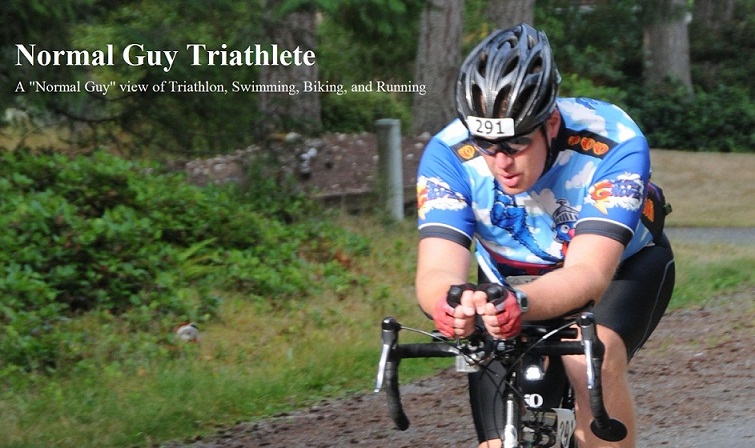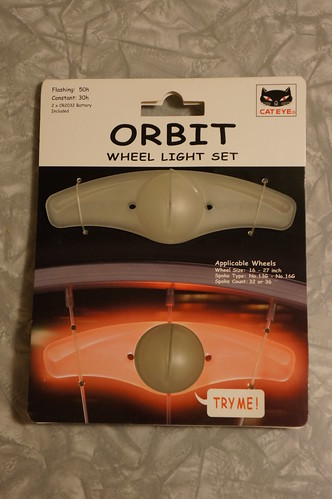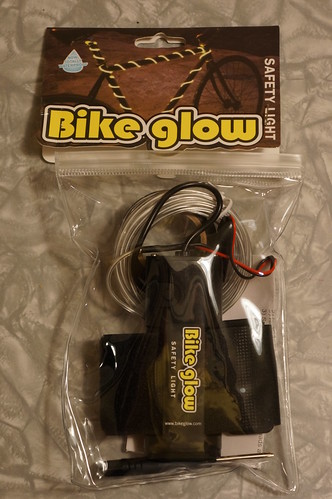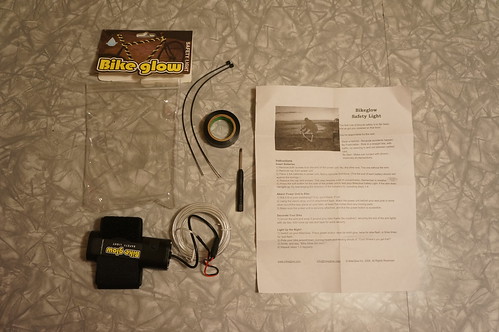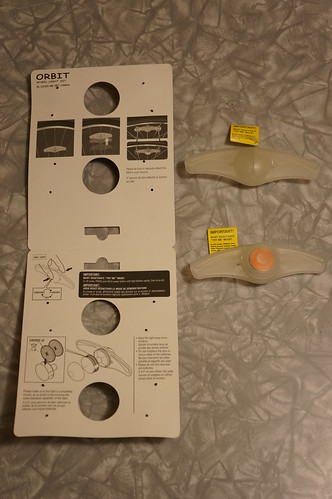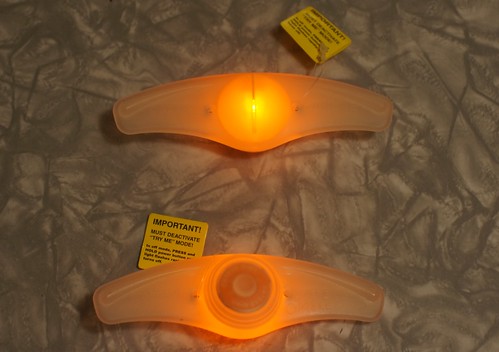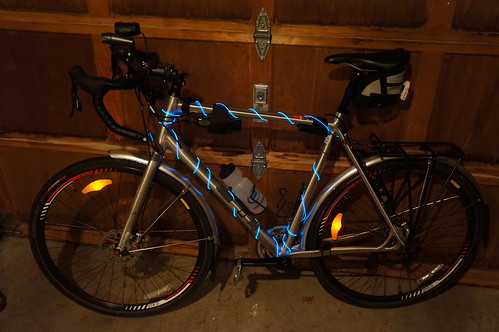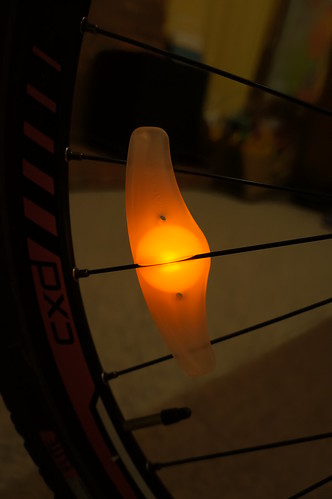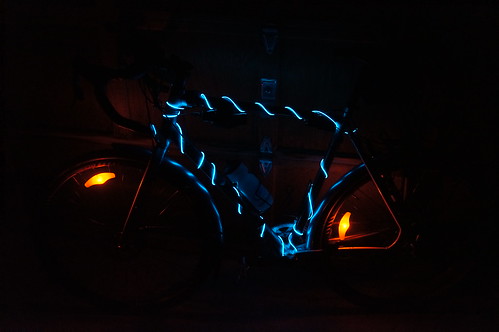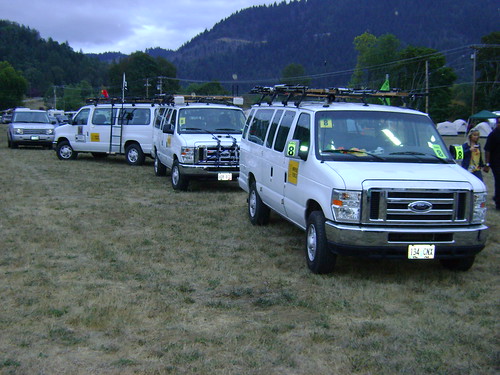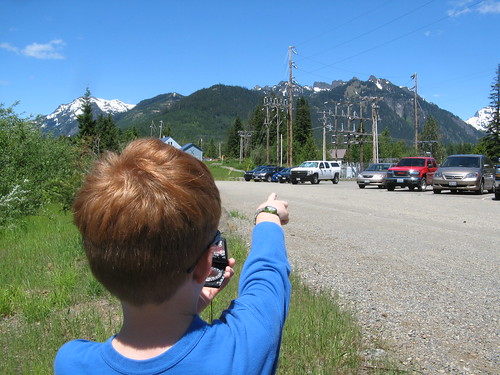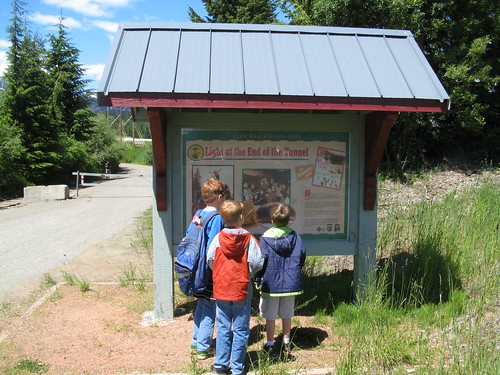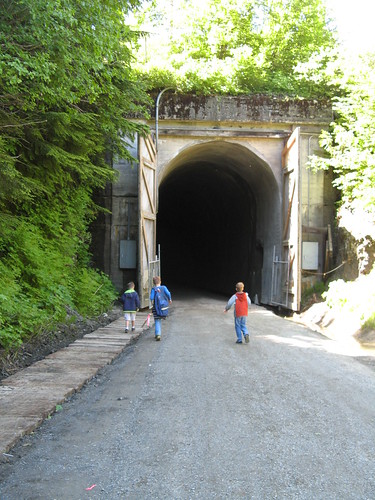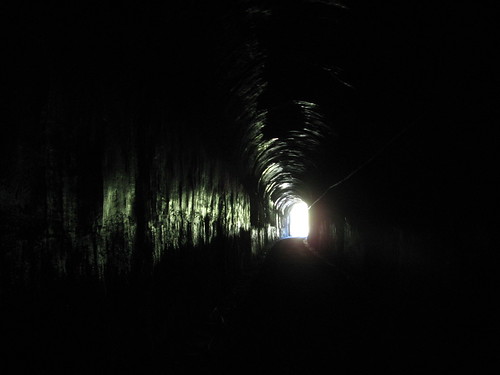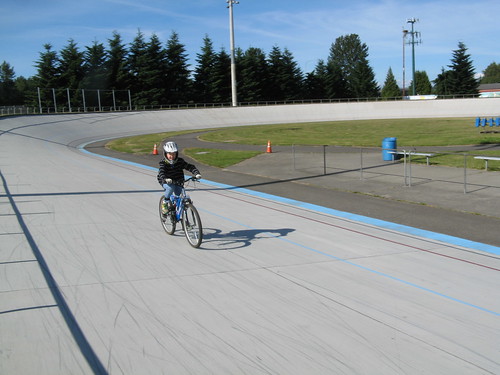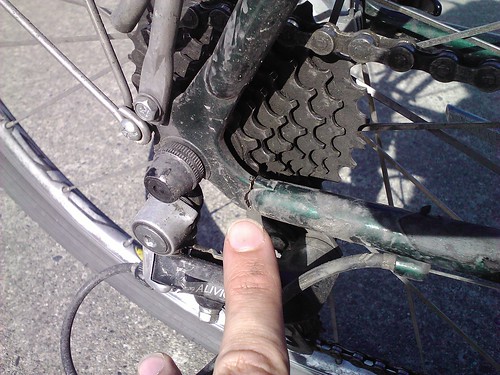 For 4 months out of the year I commute home in the dark. Not sunset, dusk, or twilight, I'm talking the dark of NIGHT, the witching hour, when good little boys/girls turn into pumpkins... OK, I'm out of lame darkness-related sayings. It's dark. On December 21st Seattle gets 8 hours and 25 minutes of daylight (sunrise to sunset). On the flip side we get nearly 16 hours of daylight on June 21. It is SOOO fun going for a bike ride at 8pm and coming back an hour later and the sun still hasn't gone down, but I digress. Back to the dark.
For 4 months out of the year I commute home in the dark. Not sunset, dusk, or twilight, I'm talking the dark of NIGHT, the witching hour, when good little boys/girls turn into pumpkins... OK, I'm out of lame darkness-related sayings. It's dark. On December 21st Seattle gets 8 hours and 25 minutes of daylight (sunrise to sunset). On the flip side we get nearly 16 hours of daylight on June 21. It is SOOO fun going for a bike ride at 8pm and coming back an hour later and the sun still hasn't gone down, but I digress. Back to the dark.
During the dark months of the year riding home in traffic is scary. Are you visible enough? Are the drivers paying attention? And if it is raining all bets are off. I wrote a lot about bike safety a while back and have strong opinions about what I think it takes to stay safe on the roads. Being visible is one of the most important things you do to improve your night time safety.
Can you spot the ninja cyclist in this video?
What if you could be brigher without breaking the bank?
I started off my winter riding career with the basic Cateye front and rear lights (similar to the HL-EL135 and TL-TD150 respectively). It only took me a couple of night-time rides to figure out that these lights simply would not do.
There are 2 types of lights-
- "Be Seen" Lights - cheaper lights that flash or strobe and are used primarily to increase your visibility. They are not very good if you actually want to see the road on a dark street. Cost: usually less than $20 each.
- Headlights - These lights are bright enough to allow you to see the road/trail on a dark night with no other light sources around (i.e. street lights, the moon, or other vehicles). Cost: the cheaper ones start at $50 and go up from there.
By watching various clearance sales and websites (i.e. chainlove.com) I was able to pick up a very nice front headlight that goes up to 600 lumens-
Front light: Light & Motion ARC NiMH Bike Light (Discontinued)
Rear light: Planet Bike Superflash Stealth Rear
But I was unsatisfied with my overall visibility at night. One day I was shopping at REI and found a couple of products that would fit the bill: increase visibility at a low price point.
Wheel lights: CatEye SL-LD120 Orbit Spoke Light Kit
Frame light: BikeGlow Safety Light
Unboxing
The lights came with basic instructions for installation and battery insertion. No need for complicated tutorials here, these lights are pretty simple.
Installation
Putting these lights on my bike was relatively simple. On the Bike Glow I attached the battery pack and wound the light cord around the bike frame, securing the end with the included zip tie and electrical tape.
The Orbit light was even easier: attach the center groove to a spoke and slide it toward the rim until the ajoining spokes secure the sides in place.
The final result, as seen in the dark-
Comparisons Videos
Now for the field test! To show just how these lights operate in the dark I, here are some videos...
The "before" shot - riding with just my front and rear lights.
The "middle" shot - riding with just the new lights.
"After" - All lit up and nowhere to go (yet).
Summary
CatEye SL-LD120 Orbit Spoke Light Kit
Pros:
- Great attachment to the spokes, very solid. We'll see how it wears over time.
- Uses a very common battery.
- Doesn't distract the rider's eye during use.
Cons:
- Difficult to turn on/off without the right leverage.
- Only available in 1 color (amber).
Pros:
- Battery pack uses velcro strap and rubber to stay in place: very secure.
- Zip ties and electrical tape included for installation.
- Doesn't distract the rider's eye during use, even though it is visible (depends on how you install).
- On/off button is easily accessible (I mounted the batter pack right below my seat on the top tube).
Cons:
- Emits a very high frequency whine during operation which is only audible when not moving. When the light is in the flashing mode the whine goes on and off with the light.
- Limited retail availability (REI only?)
Conclusion
These lights are cool and draw a LOT of attention. They greatly increase your visibility from the side where my other lights are primarily focused on the front and back.
What about battery life? Not enough experience to guage this one. The Bike Glow runs on a 4 x AA batteries while the Orbit light uses a pair of CR2032 batteries. So far they have survived a couple weeks worth of night commuting with no issues or run-downs.
The only downside that I can see is that they may attract TOO MUCH attention. They may cause people to gawk and increase other risk factors. Right now it's fun to tell people about them.
My kids saw it and immediately started calling my bike a light cycle and have named it "Flynn" after the main character of the movie Tron.
